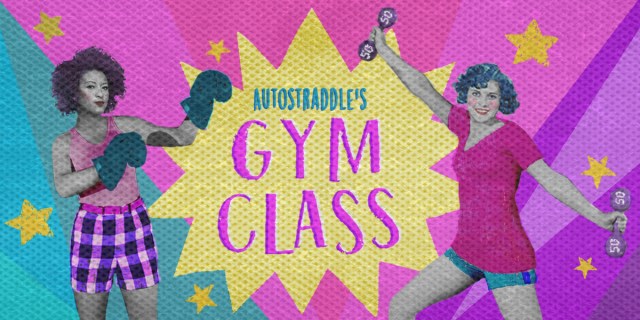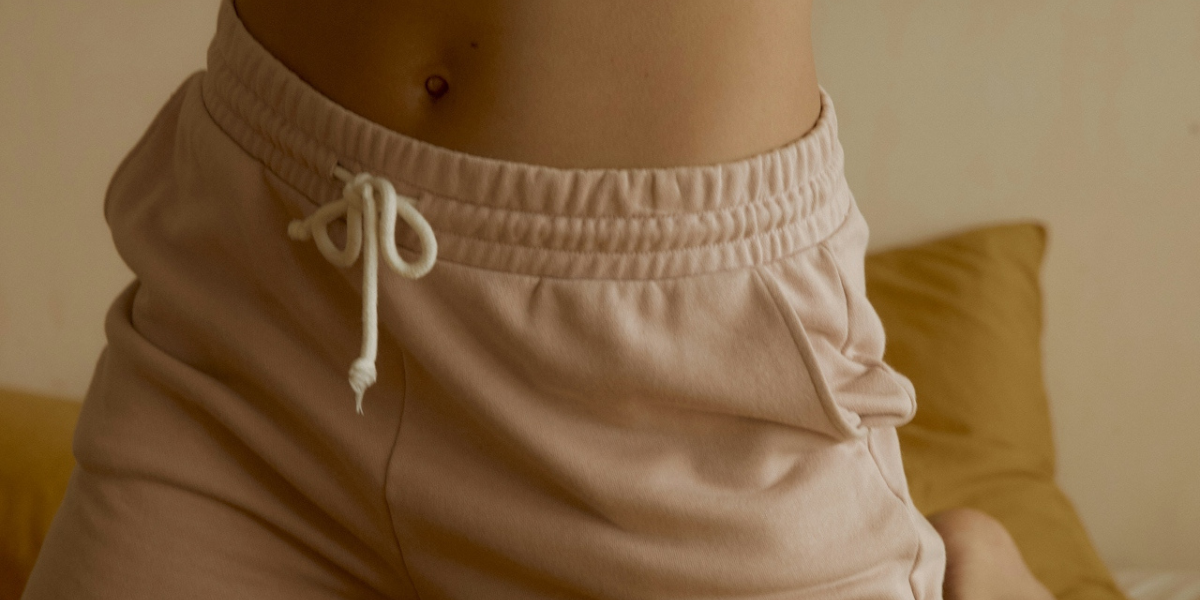
Good morning, sporty people! It’s just before sunrise. The birds are starting to sing, there’s still a cold freshness in the air, and your girlfriend has stolen all the blankets … but that’s OK because you’re up and pulling on your sweats, ready to get on the water. Yes, in this installment of Gym Class, we’re going to talk about rowing. In addition to the basics, I’ll give you a brief rundown on safety and proper form, introduce you to the erg, and provide some sample workouts. Ready all, row!
Introduction to Rowing
One of my favorite parts of rowing is being out on the water to see the sunrise. Not all teams practice in the wee hours, so don’t despair if you can’t deal with early workouts. But as a non-morning-person myself, I will say that witnessing a gorgeous dawn more than makes up for crawling out of bed at 4:00 a.m.

There are lots of options when it comes to boat (or “shell”) size. Boats can hold 1, 2, 4 or 8 rowers, plus the coxswain in some cases. In college I rowed in an 8+ sweep boat, and I still prefer that configuration. (Starboards forever!) If you’re looking for a solo activity, a single scull might be best for you. And you can also avoid the water altogether by rowing indoors on an erg machine. But I think you’ll make it out for a sunrise or two if you fall in love with the sport.
Things You’ll Need
– An erg machine
OR
– A boat, and possibly teammates
– For clothes, you’ll want tight-fitting leggings or shorts, a comfortable top, and socks. If rowing outside, wear layers so you can stay warm as you’re getting started and post-workout.
Basic Technique
Rowing is a full-body motion, but your power comes primarily from your legs. This is the most important thing to keep in mind! Don’t haul away with your arms or, worse, your back. Think: leg drive.
On an erg or in a boat, the motion of the rowing stroke is the same. Hand position will change depending on whether you’re working out on an erg (erg handle), sculling (an oar in each hand), or sweep rowing (one oar that’s port or starboard). The stroke can be broken into four parts: catch, drive, finish, and recovery.
Using the erg machine as an example, here is the basic stroke, starting from a dead stop:
- Sit up straight and gently pull the handle to your torso. You want the handle to touch above your diaphragm; an easy way to remember this, if you’re a person who wears a bra, is that the handle should touch at the band of your bra.
- With straight legs and back, extend your arms. Once the handle passes your knees and your arms are fully extended, allow your legs to bend while keeping your arms straight.
- At the end of your range, bend your torso forward (with a straight back!) to get a few more inches. You’re trying to get the handle as close to the erg flywheel as possible. This is the catch: Your body is compressed like a spring, ready to generate power. On a boat, you’re in this position right as your oar goes into the water.
- The drive: Remembering leg drive, push against the footrests. For this first powerful part of the stroke, your arms and back aren’t doing any work: all your force is coming from your legs. Hello, quads! Once your legs are flattening and the handle comes back over your knees, you can give a quick pull with your arms.
- At the finish, you lean back slightly for a last bit of length and bring the handle back against your torso. On a boat, this is when your oar would leave the water.
- The recovery is just like the beginning step, leading with the legs toward the erg flywheel. Except now you’ve got momentum, and you can start to add rhythm and power to your strokes. The drive should be quick and powerful; the recovery is a space to breathe and, well, recover. (A slower recovery will lower your stroke rate, which I explain in the next section.)

The Erg Machine
Whether you choose to row on the water or solely indoors, you’ll probably be spending lots of time on the erg machine, or erg. The erg is an indoor rowing machine with a sliding seat that closely mimics the mechanics of on-water rowing. Most commercial gyms have at least one erg. Erg machines are made by Concept2; check out the company’s website for a great variety of rowing tips, workouts, and resources. Here’s how to set up an erg for your workout:
First, get comfy on the seat and adjust the footrests. The footrests move up and down to accommodate different heights (taller, set lower; shorter, set higher). Concept2 suggests they are at a good setting when, at the catch, your knees are up near your armpits.
Next, check the damper setting on the flywheel. This is the lever (set from 1 – 10) on the side of the flywheel that controls how much air goes into the flywheel cage. A higher number is not necessarily better. For training, a good setting to use is around 5. This post explains the damper wheel in more detail.
The erg screen helps you keep track of your workouts and progress. The most important numbers on the display are your workout time, your stroke rate (the number of strokes per minute, or spm), and your split (how long it will take you to cover 500 meters at your current pace). Aim for an spm range of 20 – 30 (more about this in the following Training section). Raise and lower your spm by changing your stroke recovery; you want your drive to be consistently quick and powerful. A slower recovery will lower your spm but allow you to maintain power and a good split. In high-spm sprints, your recovery will be faster. As you get used to the rowing motion and build strength and endurance, aim to improve your split: getting it lower equates to moving faster on the water.
Training
Used with proper form, the erg is a great piece of equipment for cardio workouts that suit any exercise plan. You can add 20 minutes of rowing in after a weightlifting workout, or swap rowing for the treadmill to mix up your gym time. And if you choose to focus exclusively on rowing, you’ll want to keep things interesting when training off the water. Here’s a warmup and three different erg-based workouts to build upon.
Warmup
To get settled on the erg, I like to break up the stroke. These movements are slow and very low-power. Bring the handle to your torso. Keeping your back and legs straight, move only your arms for 10 strokes, from torso to full extension and back. Then, add in your back, hinging at the hips, for 10 strokes. Finally, bring your legs into play, so you’re completing the full stroke. Once your whole body is engaged, move to low-medium power for 2 to 5 minutes.
Steady-State
A steady-state workout develops cardiovascular fitness and endurance. You can row anywhere from 20 minutes to an hour, aiming for a slower spm and medium power (a split you can sustain for the whole workout, or around 60% of your hardest effort). A good spm for steady-state workouts is around 22 – 24. Make a playlist with beats that match your target spm and settle in for a long, controlled row.
Race Training
The international rowing distance for races is 2,000 meters. For female Olympic rowers, this distance can be covered in about 6.5 minutes. But that’s the result of years of training! A better gauge for a beginner on the erg is to row 2,000 meters with good form and then start trying to beat your own best times. As you practice more, get stronger, and your body learns the movement of the stroke, you’ll start whittling down your 2k record. Eight minutes is a good time to aim for as a new rower. Maintain an spm of 28 – 34 when race training.
HIIT Training
High-intensity interval training (HIIT) combines steady-state pace and 2k-test intensity. Plan for a 20-minute workout and start at steady-state pace and power. Then, 5 minutes in (or sooner, depending on how you structure your intervals), work up to a burst of power with 20 strokes at your max split. After the power strokes, return to your steady-state pace without a rest. In 5 minutes do another power-20. Repeat twice more. To make this more challenging, decrease the rest time to 3 or 4 minutes.

Good-to-Know Tips
Get your protein. Eat to feed your workouts and make sure you’re consuming enough protein to build muscle and enough complex carbs to fuel longer, endurance-heavy rows.
Protect your back. Rowing is leg-dominant, but it will work your core, back, and arms, too. Doing targeted strength training will help keep your back safe on the erg and on the water. Strengthen your core with exercises such as planks, Russian ab twists (RATs), Turkish get-ups, bird-dogs, and hanging leg-raises. For the lower back, try hyperextensions, supermans, and bridges.
Plan a budget. Boathouse and rowing-club memberships can be expensive. Groupon is a good way to find a deal on a month-long membership or other short-term situation, so you can try out the team or boathouse. Or just take the leap and join a local team! Expect to pay around $65 – $100 a month for membership fees, which usually cover use of boathouse facilities and boats. Coaching fees may be extra, but if you’re new to rowing you may appreciate professional guidance while learning on the water.
Wow, I really wrote the word “stroke” a lot in this article. Have fun, be safe, and as always I’m happy to help with your training questions. Also if you’re near Seattle and want to start a queer 8+ team, get in touch!







